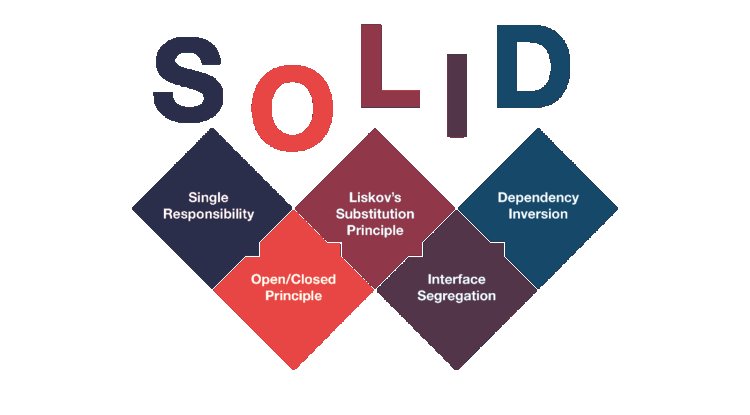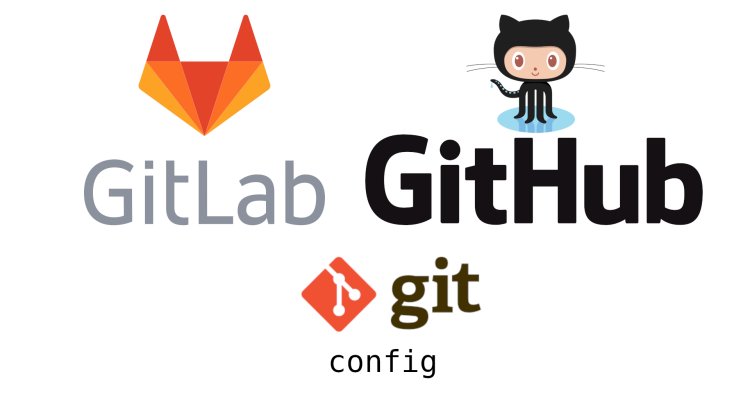Exploring the Differences Between InnoDB, MyISAM, and MEMORY Storage Engines in MySQL

Introduction
When it comes to managing and organizing data in MySQL, one of the most critical decisions you'll face is choosing the right storage engine for your tables. MySQL offers several storage engines, each with its own unique set of features, advantages, and disadvantages. In this article, we'll dive into the differences between three popular MySQL storage engines: InnoDB, MyISAM, and MEMORY. Understanding these differences will help you make informed decisions when designing your database schema.
InnoDB:
InnoDB is the default storage engine for MySQL as of version 5.5, and it's designed with transactional support and ACID (Atomicity, Consistency, Isolation, Durability) compliance in mind. Here are some key characteristics of InnoDB:
a. Transactional Support: InnoDB is a fully transactional storage engine, which means it supports features like transactions, rollbacks, and crash recovery. This makes it suitable for applications that require data integrity and reliability.
b. Foreign Key Constraints: InnoDB supports foreign key constraints, ensuring referential integrity in your database. This is essential for maintaining data consistency.
c. Row-level Locking: InnoDB uses row-level locking, which allows multiple transactions to work concurrently without causing contention. This makes it a good choice for applications with high concurrency requirements.
d. Crash Recovery: InnoDB has robust crash recovery mechanisms, ensuring data durability even in the event of a system crash.
e. Auto-Commit Mode: InnoDB tables default to auto-commit mode, which means each statement is treated as a transaction unless explicitly stated otherwise.
InnoDB is an excellent choice for applications that prioritize data integrity, concurrency, and transactional consistency, such as e-commerce websites, content management systems, and financial applications.
MyISAM:
MyISAM was once the default storage engine for MySQL but has been largely replaced by InnoDB for newer MySQL versions. It has some distinct characteristics:
a. Table-level Locking: MyISAM uses table-level locking, which means only one transaction can modify a table at a time. This can lead to contention in high-concurrency environments.
b. No Transaction Support: MyISAM does not support transactions or foreign key constraints. It's not suitable for applications that require strict data integrity and consistency.
c. Fast Reads: MyISAM is known for its speed in read-heavy workloads, making it suitable for applications where data retrieval performance is critical.
d. Full-Text Search: MyISAM includes built-in support for full-text search, which can be advantageous in certain applications like search engines.
MyISAM is a good choice for read-heavy workloads where data consistency and transaction support are not critical, such as in data warehousing, reporting, or content indexing applications.
MEMORY (HEAP):
The MEMORY storage engine, also known as HEAP, stores data in memory rather than on disk. Here are its key characteristics:
a. In-Memory Storage: All data in MEMORY tables is stored in RAM, which allows for extremely fast read and write operations.
b. No Durability: MEMORY tables do not persist data across server restarts or crashes. They are volatile and mainly used for temporary data or caching purposes.
c. Table-level Locking: Similar to MyISAM, MEMORY tables use table-level locking, which can lead to contention in high-concurrency scenarios.
d. No Transaction Support: MEMORY tables do not support transactions or foreign key constraints.
MEMORY tables are ideal for caching frequently accessed data, storing temporary data, or maintaining session variables. They are not suitable for applications requiring long-term data persistence.
Conclusion
Choosing the right storage engine for your MySQL database is a critical decision that should be based on your application's specific requirements. InnoDB is a solid choice for most modern applications, offering transactional support and data integrity. MyISAM may still be relevant for read-heavy workloads with less stringent data consistency needs. MEMORY tables are excellent for caching and temporary data storage but should not be used for long-term data persistence. Understanding the differences between these storage engines is essential for optimizing your MySQL database for performance, reliability, and data integrity.










